Introduction
High-density polyethylene (HDPE) pipe is one of the most versatile and widely used piping solutions in today’s infrastructure and industrial sectors. Engineered for strength, flexibility, and resistance to chemicals and corrosion, HDPE pipe has earned its place as the material of choice across a range of demanding environments. From municipal water systems and wastewater networks to mining slurry transport, dredging operations, and large-scale agricultural irrigation, HDPE consistently delivers long-term performance and reliability.
However, understanding the cost of HDPE pipes involves more than just reviewing a product catalog or comparing quotes. While HDPE is known for its durability and low maintenance requirements, numerous variables can influence your final spend. These include pipe diameter, wall thickness (SDR), raw material pricing, regional logistics, fusion and installation methods, and any additional custom fabrication required for the job. Ignoring even one of these factors can result in budget overruns or project delays.
Whether you’re a contractor estimating a pipeline job or a procurement manager sourcing materials for a dredging project, getting a handle on the cost of HDPE pipes is essential. In this guide, we’ll take a closer look at how HDPE pipe prices are determined, what influences price fluctuations, and how to build a comprehensive and accurate project budget. From up-to-date pricing trends to hidden costs and real-world budgeting tips, we’ll help you break down the total cost of HDPE pipes so you can plan smarter, bid confidently, and stay within budget.
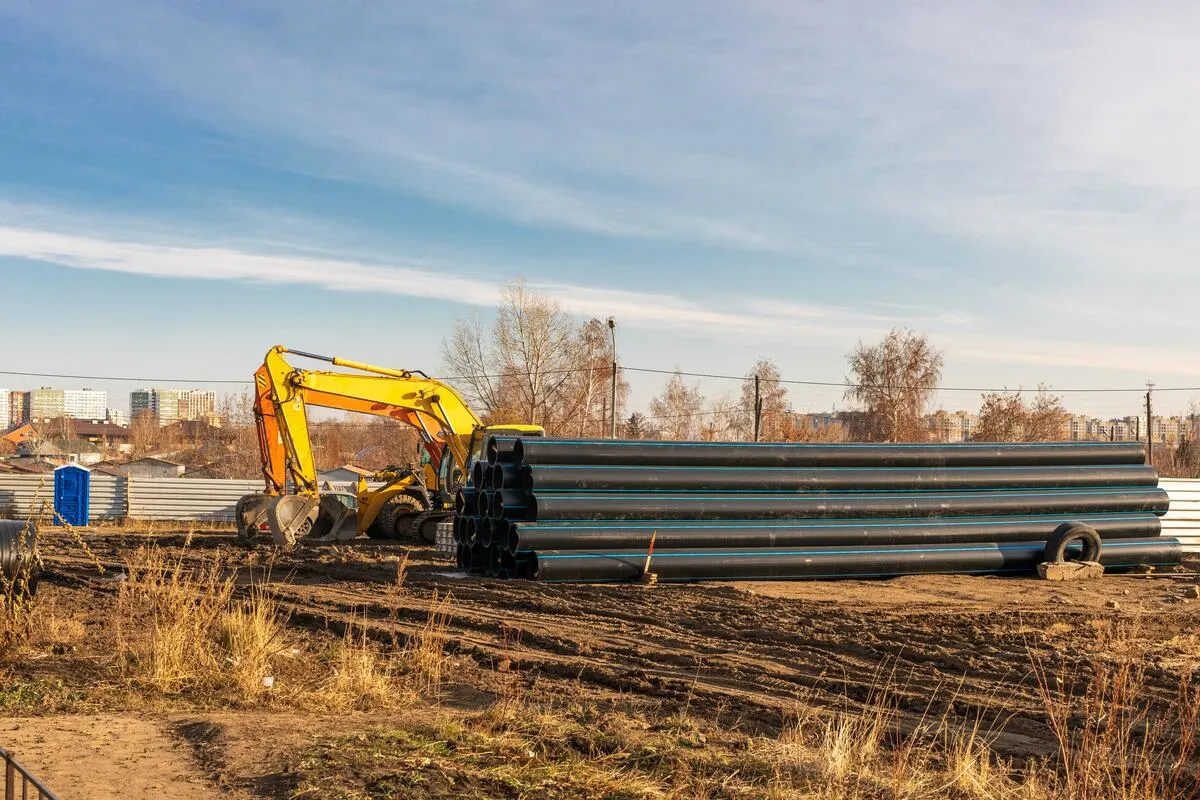
What is an HDPE Pipe?
HDPE (High-Density Polyethylene) pipe is a high-performance piping solution made from thermoplastic polyethylene resin. Known for its exceptional strength-to-density ratio, HDPE pipe is both lightweight and incredibly durable. It is manufactured in a wide range of diameters and wall thicknesses to meet different flow rates and pressure requirements, making it highly adaptable across industries.
One of the major reasons HDPE is so widely used is its long list of performance advantages. For starters, it is highly resistant to corrosion, unlike traditional materials like steel or iron. This makes it an ideal choice in environments exposed to moisture, chemicals, or saltwater. Its flexibility allows for easier installation with fewer fittings, particularly in uneven or rugged terrain. In terms of durability, HDPE pipe can last 50 years or more under typical operating conditions.
HDPE also provides leak-free performance thanks to thermal fusion welding, which creates strong, seamless joints. This drastically reduces water loss and maintenance costs. As a result, many companies find that the long-term value far outweighs the initial cost of HDPE pipes.
Common Applications Include:
- Dredging and Slurry Transport: Excellent abrasion resistance for moving sediment-laden water.
- Municipal Water and Sewer Systems: Long service life and minimal leakage.
- Mining and Tailing Lines: Built to handle harsh, corrosive materials.
- Oil and Gas Pipelines: Chemical resistance ensures system longevity.
- Agriculture and Irrigation: Lightweight design for easy deployment.
While HDPE pipe prices can vary, the overall cost of HDPE pipes remains competitive when considering longevity and reduced maintenance.
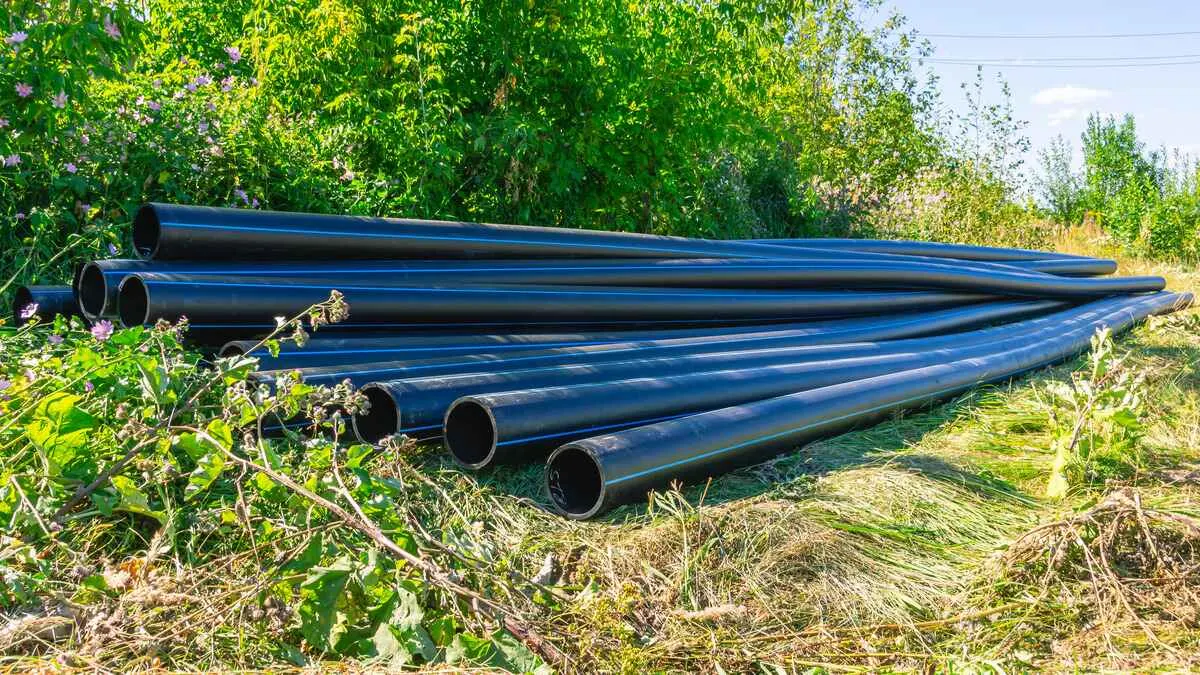
Factors That Affect the Cost of HDPE Pipe
Understanding what drives HDPE pipe pricing is essential for creating an accurate and efficient project budget. Several key factors directly impact the cost of HDPE pipes, and overlooking any of them can result in unexpected expenses.
A. Pipe Diameter and Wall Thickness
Larger diameters and thicker walls result in higher costs. Wall thickness is defined by standard dimension ratio (SDR). A lower SDR indicates thicker walls and higher pressure ratings but also comes with a higher price tag.
B. Raw Material Costs
HDPE resin is derived from petroleum, so fluctuations in oil and gas markets directly influence HDPE pipe prices. A surge in crude oil often leads to increased manufacturing costs.
C. Pipe Length and Configuration
Standard lengths are 40 or 50 feet, but custom lengths or coiled pipe (for smaller diameters) may increase costs. Add-ons like flanges, bends, and manifolds also raise the overall cost of HDPE pipes due to added labor and materials.
D. Manufacturing Standards
Pipes meeting ISO, ASTM, or AWWA certifications generally cost more but ensure safety and long-term reliability. Non-certified products might save money initially but can lead to issues later.
E. Transportation and Logistics
Bulk and weight significantly influence delivery costs. For international projects, include import duties and handling fees in your estimate.
F. Installation and Fusion
Installation method (butt fusion, electrofusion, or mechanical fittings), labor rates, and terrain conditions all contribute to final project costs.
Current Market Pricing for HDPE Pipe (2024–2025 Trends)
With increasing demand across infrastructure, dredging, mining, and municipal sectors, understanding current HDPE market conditions is essential for effective planning. While exact figures fluctuate, it’s important to be aware of the general dynamics that influence HDPE pipe prices and how they vary by application, region, and specification.
One of the primary factors affecting the cost of HDPE pipes is pipe size. As diameter and wall thickness increase, so does the material required, which in turn drives up the overall rate per foot. Additionally, the Standard Dimension Ratio (SDR) affects pressure ratings and material thickness. Lower SDRs typically result in higher expenses due to thicker pipe walls.
Geographic location also plays a role. In North America, HDPE availability remains steady, though modest increases have been observed due to resin and fuel adjustments. In Latin America, imported material and limited regional production often result in higher overall expenditures. Conversely, the Asia-Pacific region tends to offer more competitive figures due to domestic manufacturing capacity and reduced freight requirements.
Another consideration is volatility. Over the past few years, global supply chain issues, resin shortages, and increased shipping costs have introduced uncertainty into the market. This unpredictability makes it even more critical to maintain ongoing communication with your supplier. Accurate, up-to-date information ensures your project budgeting reflects current trends and helps avoid underestimating the cost of HDPE pipes at any project stage.
Hidden Costs and Additional Budget Considerations
While most project planners focus on the material and shipping when estimating the cost of HDPE pipes, several hidden or secondary expenses can significantly impact the overall budget. Failing to account for these elements can lead to unexpected cost overruns and timeline delays.
One of the most commonly overlooked expenses is fusion equipment. Depending on the pipe diameter and the scope of your project, renting or purchasing a butt fusion machine can range from $500 to well over $5,000. If specialized methods like electrofusion are required, equipment and accessories may cost even more.
Site handling and storage is another key factor. Although HDPE is rugged, extended exposure to UV rays or extreme temperatures can degrade its performance if not properly stored. Investing in covered storage or protective sheeting may be necessary.
Anchoring and flotation systems are crucial for dredging and marine applications. In these settings, you may need floats, weights, or concrete ballast, all of which add to the cost of HDPE pipes beyond the base material rate.
Permitting and environmental compliance can also increase your project costs. Regulatory requirements vary by region, but permit fees and the time required for approval should be factored into your timeline and budget.
Lastly, project delays, material damage, or installation waste are always a possibility. It’s a good practice to include a 5–15% contingency buffer to accommodate unforeseen expenses and maintain flexibility while keeping your HDPE pipe prices manageable.
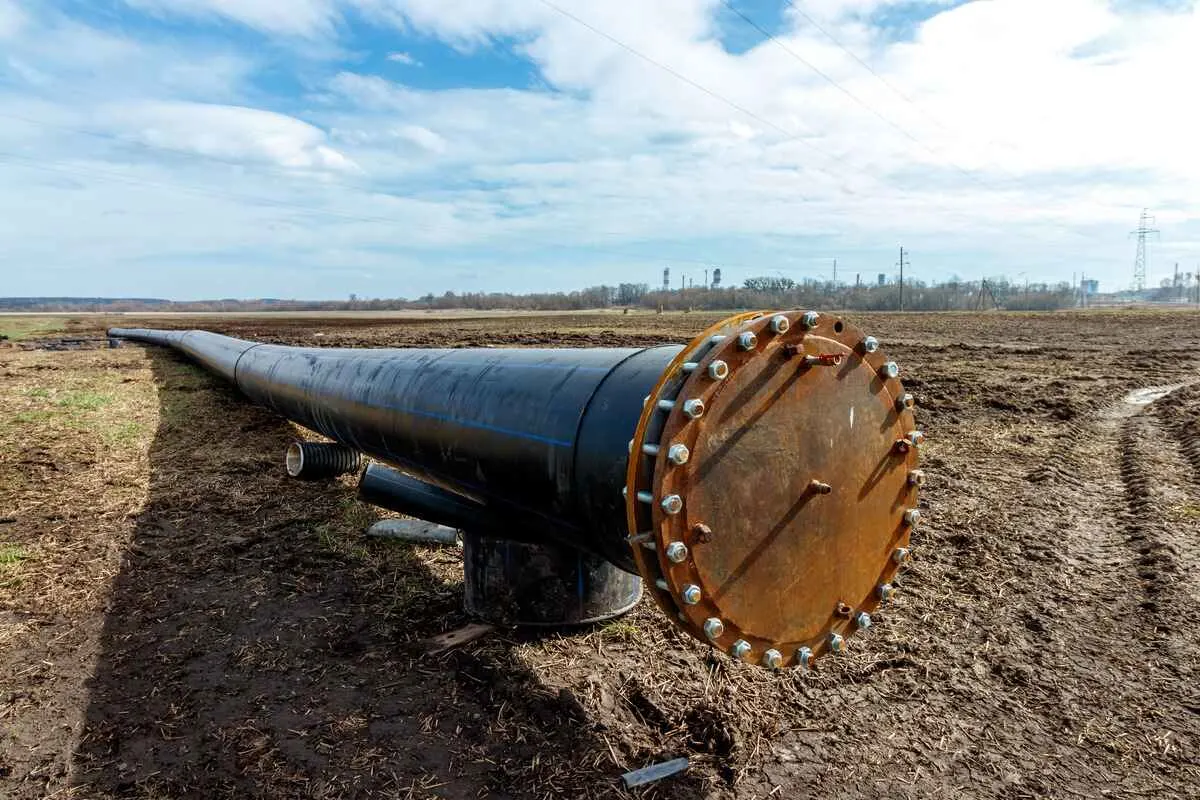
Budgeting Tips for HDPE Pipe Projects
Effective budgeting is critical to the success of any infrastructure or industrial project involving HDPE piping. Given the many variables that influence the total cost of HDPE pipes, a strategic approach to planning and procurement can help you stay on track financially and avoid surprises during execution. Below are five proven tips to build a more accurate and flexible project budget.
1. Create a Line-Item Estimate
Start by breaking down your budget into detailed components. This should include:
- Pipe material based on diameter, length, and pressure class
- Fusion equipment (rental or purchase) and necessary fittings
- Labor and subcontractor rates
- Freight, transportation, and offloading
- Permitting, site prep, and miscellaneous incidentals
Being specific with each category helps ensure nothing gets overlooked when calculating the overall HDPE pipe prices.
2. Plan for Contingencies
Unforeseen costs can arise from a variety of sources—damaged pipe sections, unexpected terrain conditions, additional fittings, or delays. Build in a contingency buffer of 10–15% to handle such occurrences without disrupting your schedule or budget.
3. Consider Bulk Purchases
Ordering in larger quantities may reduce your cost per foot. However, consider whether your site has adequate space for storage, and make sure the material won’t be exposed to harmful environmental conditions over time. Bulk deals can significantly impact the cost of HDPE pipes in your favor when managed correctly.
4. Manufacturer vs. Distributor
Sourcing directly from a manufacturer may offer better HDPE pipe prices, especially on large orders or custom fabrications. Distributors, on the other hand, may provide quicker lead times and local support. Choose based on your timeline, volume, and need for technical customization.
5. Leverage Supplier Relationships
Long-term relationships with suppliers often result in favorable terms, including flexible payment options, priority scheduling, and ongoing technical assistance. These advantages can add up to real savings across the life of your project, not just in terms of pricing but in overall efficiency and reliability.
Comparing HDPE Pipe to Alternatives (Cost vs. Value)
When selecting piping materials for a project, it’s important to weigh both the initial investment and the long-term performance. While HDPE pipe prices can be slightly higher upfront compared to PVC or steel, the long-term value often makes HDPE the more cost-effective solution.
Initial Cost vs. Lifecycle Cost
Although the initial cost of HDPE pipes may exceed that of PVC in low-pressure systems or basic utility applications, the advantages of HDPE, such as a 50+ years lifespan, fewer repairs, and resistance to environmental stress, contribute to a significantly lower Total Cost of Ownership (TCO). When evaluating HDPE pipe prices, it’s crucial to consider long-term maintenance savings and operational efficiency.
Durability and Maintenance
HDPE is highly durable and non-corrosive, unlike metal alternatives that degrade over time due to rust or chemical exposure. This reduces the need for frequent repairs and minimizes unplanned downtime, making the higher cost of HDPE pipes more justifiable in many industrial and municipal settings.
Application-Specific Suitability
|
Application
|
Best Material
|
|---|---|
|
Dredging Slurry
|
HDPE (abrasion and flexibility)
|
|
Potable Water
|
HDPE or PVC
|
|
High-Temperature Fluids
|
Steel or reinforced HDPE
|
|
Aggressive Chemicals
|
HDPE or lined steel
|
The best choice depends on your media type, pressure needs, and installation environment. When properly matched to its application, the performance and reliability gained easily outweigh any differences in HDPE pipe prices or the cost of HDPE pipes.
Conclusion
HDPE pipe continues to be one of the most reliable and high-performance piping solutions for industries such as dredging, mining, water infrastructure, and agriculture. Its strength, flexibility, chemical resistance, and leak-free fusion joints make it a long-term investment that delivers consistent value across a wide range of demanding applications.
However, to maximize that value, it’s essential to understand the full cost structure behind your material choices. From pipe diameter and wall thickness to installation method, fusion equipment, and freight, every element influences the total cost of HDPE pipes. Too often, buyers focus only on the material quote or per-foot rate, overlooking the hidden expenses that can affect the final budget, such as permitting, storage, anchoring, and unforeseen project delays.
Being aware of market dynamics is equally important. Factors like resin supply, oil prices, and transportation costs can cause HDPE pipe prices to fluctuate from one quarter to the next. Whether you’re planning a municipal pipeline, a mining tailings line, or a slurry discharge system, maintaining updated pricing and collaborating with trusted suppliers is key to securing competitive rates and accurate forecasting.
Smart planning goes beyond just looking for the lowest HDPE pipe prices. It involves building a comprehensive, flexible budget that accounts for real-world variables and long-term needs. When you evaluate the cost of HDPE pipes not only in terms of procurement but also in installation, maintenance, and lifecycle performance, the numbers tell a compelling story.
By applying thoughtful budgeting strategies and staying informed, you can control the cost of HDPE pipes and deliver a successful project that stays on time and budget without sacrificing quality or durability.


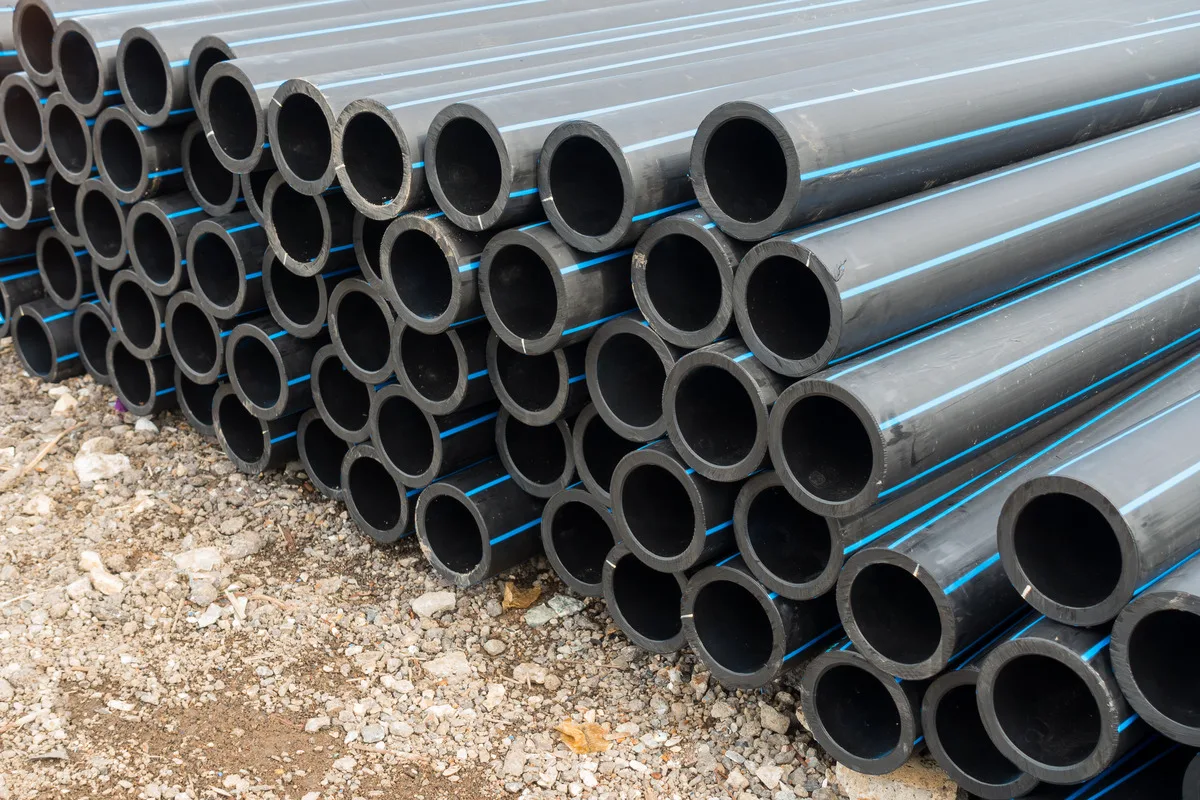
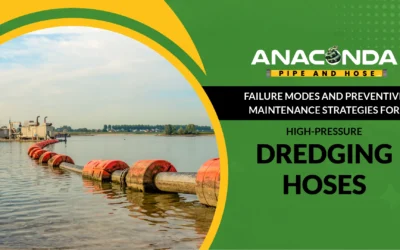
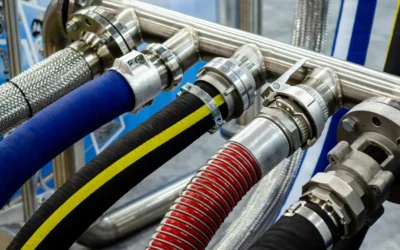

0 Comments